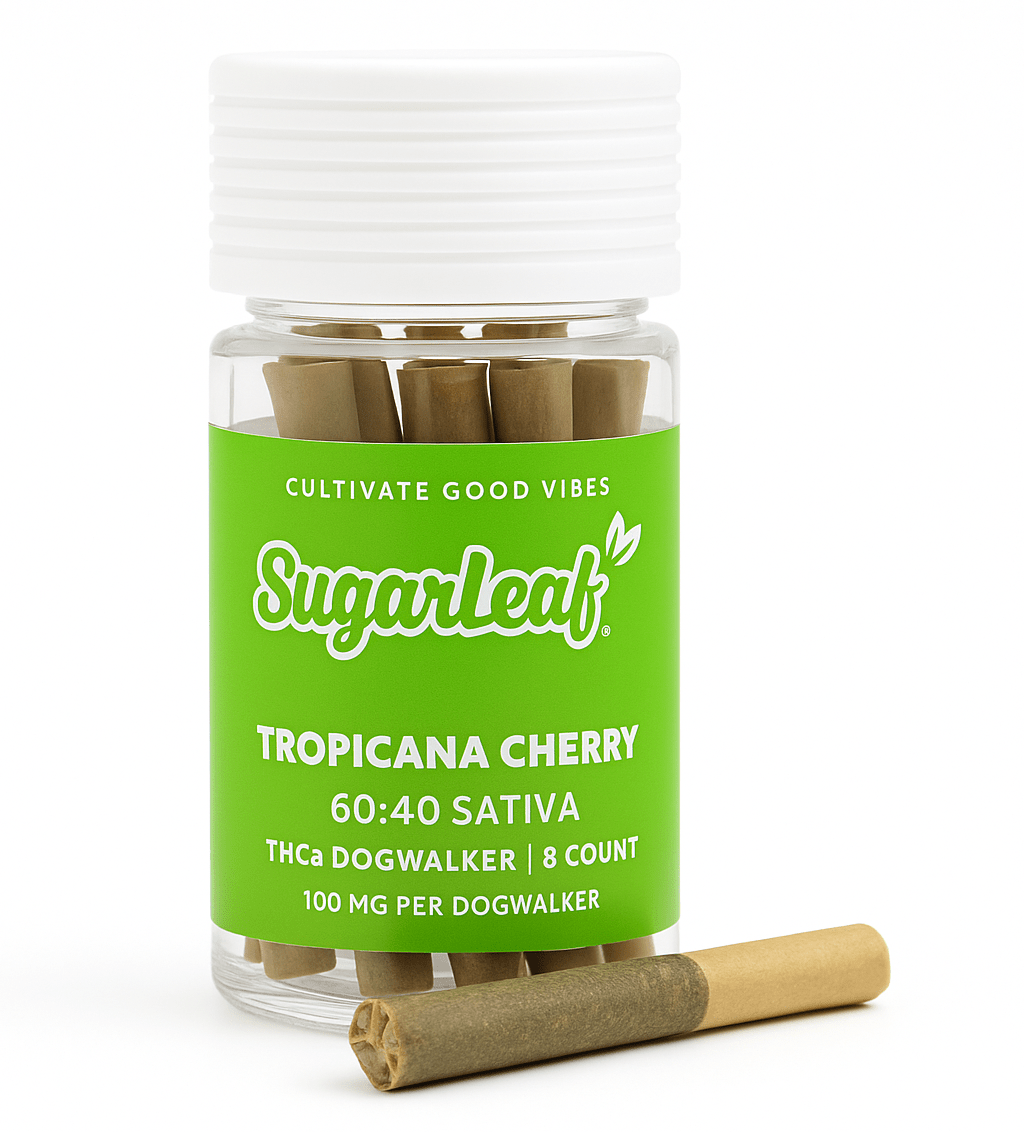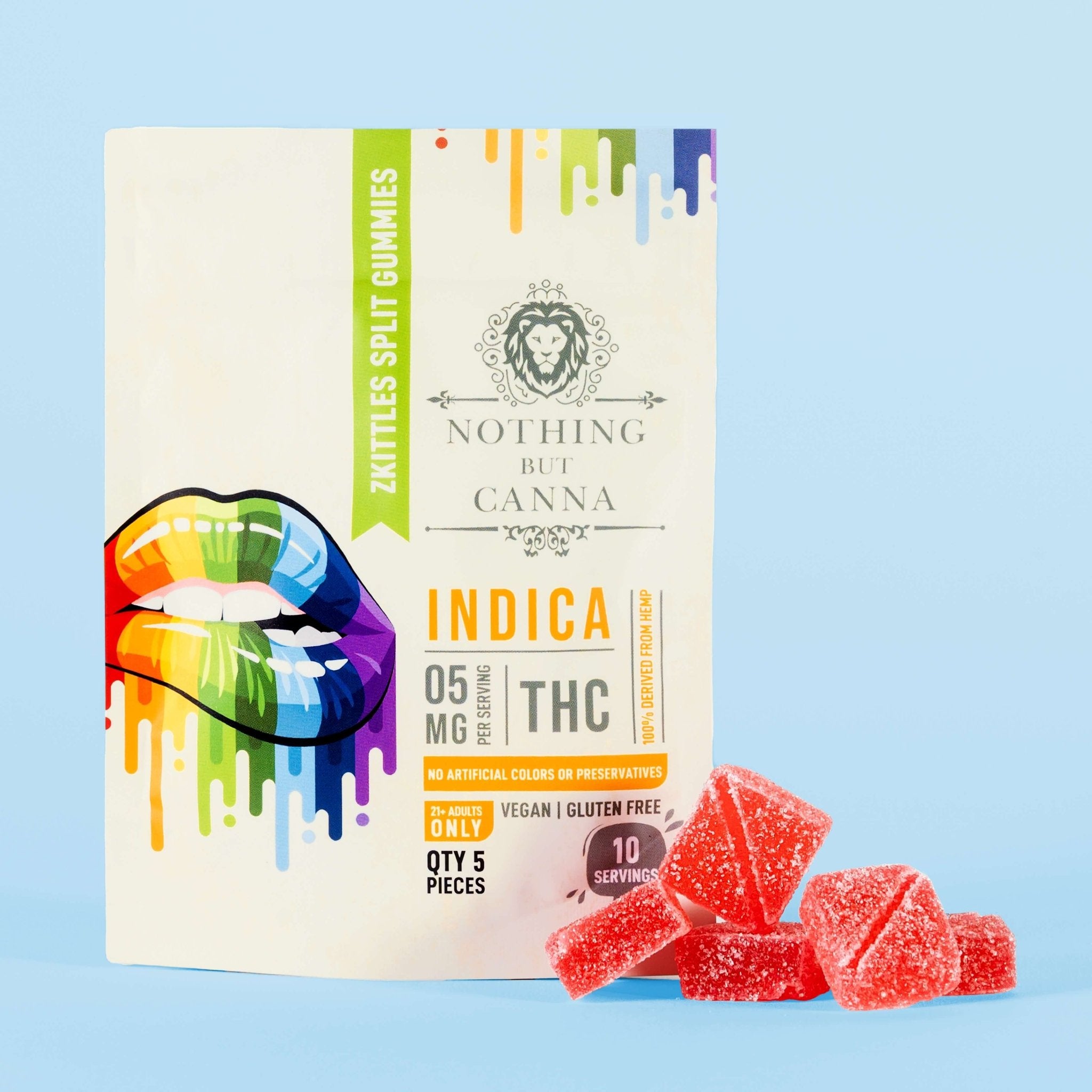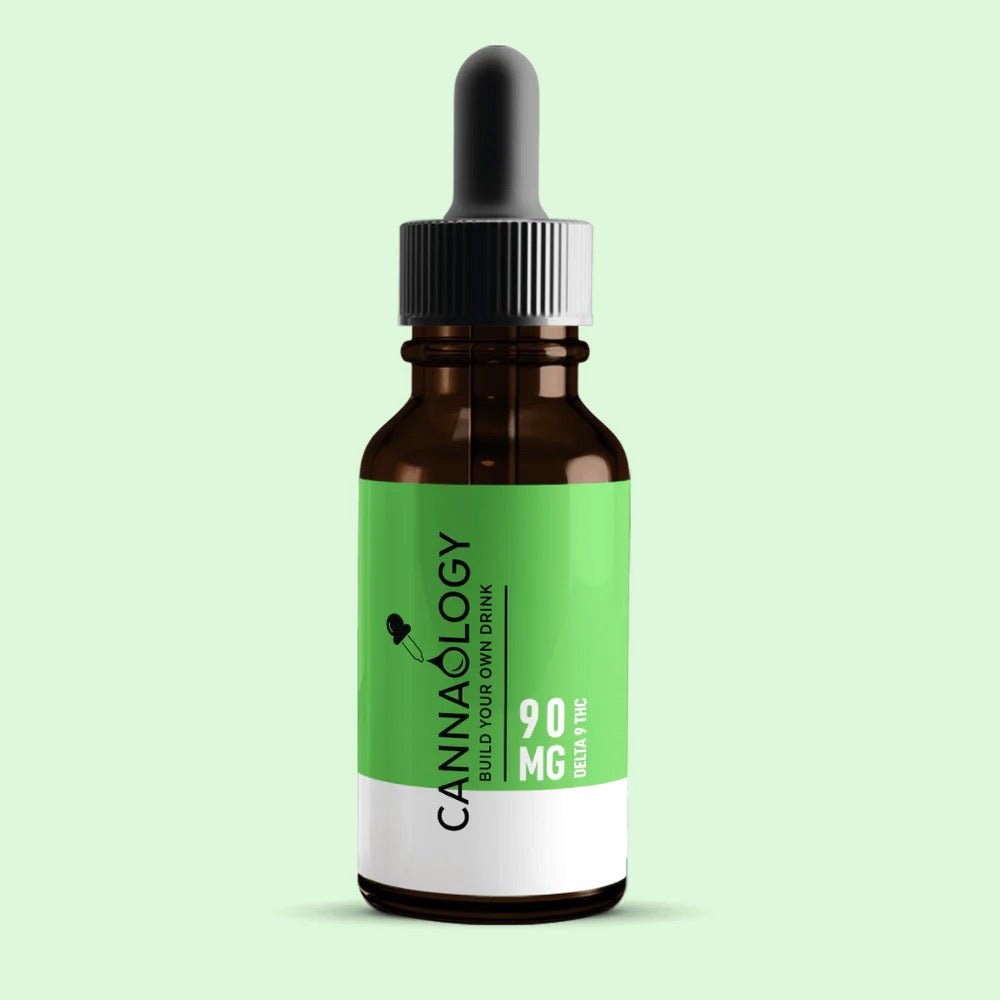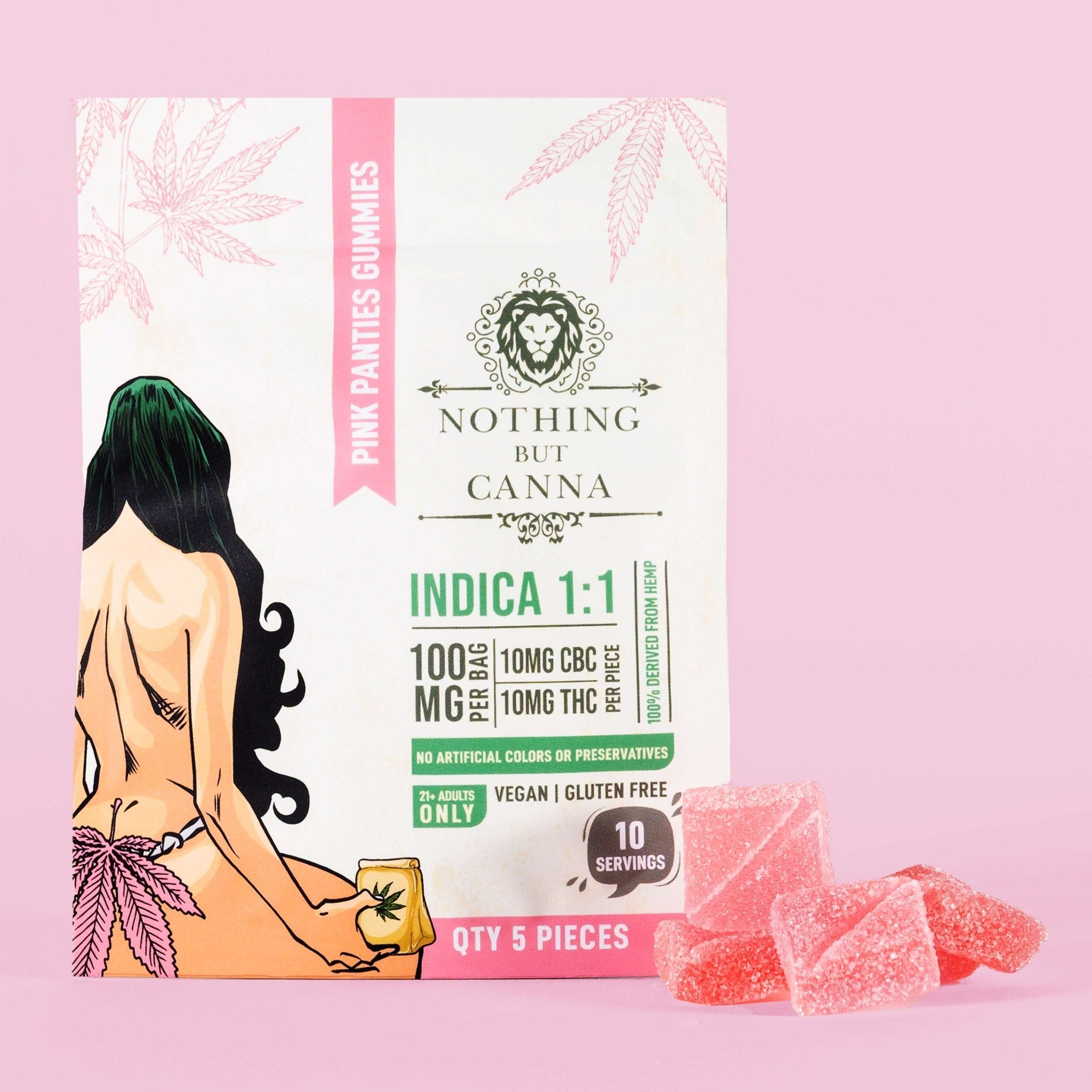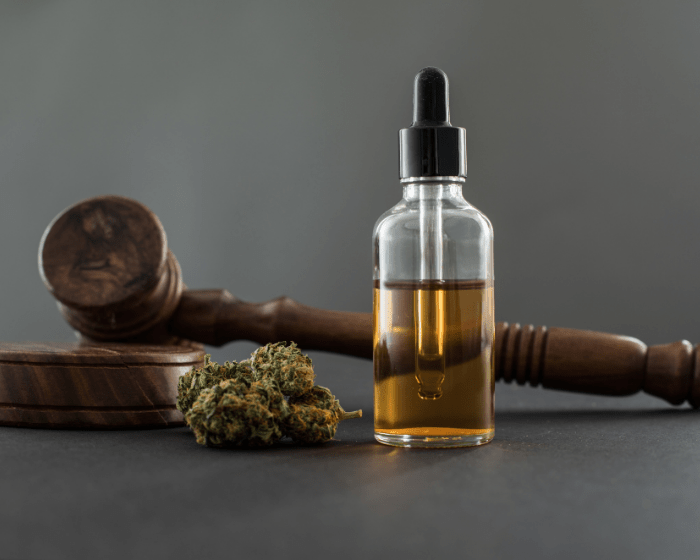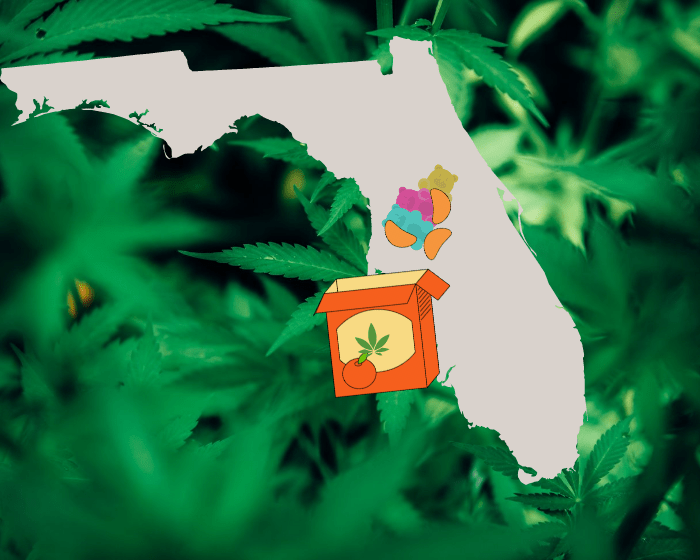So should they be listed on hemp (and all cannabis) labels?

Terpenes may be a better indicator of a cannabis plant’s profile, and a better way to describe strains, than genetic ancestry, new research shows.
After analyzing more than 100 samples of cannabis, a team of Canadian and Dutch researchers found that strain names — even the most well known, Sativa and Indica —tended to be poor descriptors of a plant’s genetic makeup or its lineage.
In many cases, though, strain names did reflect terpene content, which is linked to aroma (and in THC-rich cannabis may also influence psychoactive effects).
Wait. What Are Terpenes?
Terpenes are naturally-occurring chemical compounds found in plants that give them signature scents. Highly aromatic plants including cannabis, herbs and citrus fruits have a relatively high terpene content.
Lemon zest? That’s the terpene limonene. Pine? That’s pinene. A cannabis plant may make 20 to 40 types of terpenes.
Terpenes do have an evolutionary purpose. In nature, they can repel pests like insects and fungus, or attract beneficial insects.
When People Talk About 'Strains' They're Really Talking About Terpenes
When it comes to cannabis, people may benefit from knowing more about a plant or extract than its cannabinoid profile. Yes, knowing whether a preparation is high in CBD or THC is essential. But once that’s established, could terpenes offer even more information chemical makeup and likely effects?
The Canadian and Dutch researchers thought so.
Strain names, they wrote "are routinely assigned to Cannabis cultivars by breeders, retailers and users to describe a cultivar’s morphology, aromas and/or psychoactive effects. However, it is unclear whether these labels capture meaningful information about Cannabis genetic and chemical variation. […]
They went on to say that naming "is instead probably driven primarily by a small number of key terpenes whose concentrations contribute to the characteristic aromas.”
In other words, terpenes are already a primary driver in how cannabis plants are categorized and named by the people growing and selling them.
“Recognizing common terpenes can help you be more informed about the products you purchase before you even try them for yourself.”
— Aundrea Foster for Nothing But Hemp
“Terpenes may be just a minor component of a CBD product, but they can affect the qualities of that product,” Aundrea Foster wrote for Nothing But Hemp. “The specific terpenes in a product could affect how it smells and tastes. It could also contribute to the product’s ability to relax you or ease your inflammation.
“When a product description lists terpenes,” Foster continued, “it is providing information that suggests how the product might smell and taste, but also some of the medicinal qualities the product could have. Recognizing common terpenes can help you be more informed about the products you purchase before you even try them for yourself.”
Listing Terpenes on Labels Could Become a Best Practice
The standards organization ASTM International is gathering feedback about its proposal to encourage companies to list terpene amounts on labels, reports Kristen Nichols for Hemp Industry Daily. ASTM guidelines aren’t legally binding for the cannabis industry, but it would set a standard for best practices.
“The group is considering adopting a voluntary guideline that cannabis manufacturers (both hemp and marijuana) label resin cannabinoid products with the amounts of certain varieties of five common terpenes in the cannabis plant,” Nichols writes.
Those terpenes are:
• Limonene
• Myrcene
• Pinene
• Terpinolene
• Caryophyllene
The guideline would also encourage cannabis manufacturers to list the origin of terpenes added from non-cannabis sources, and a warning that products with a terpene concentration higher than 10% may potentially cause harm.
Writes Nichols: "Critics counter that cannabis labels in most jurisdictions are already overcrowded and that terpene research is too nascent for reliable information about what exactly they do.”
A group of stakeholders in the cannabis industry is set to vote on the proposal, according to Nichols, but there is no deadline to settle the question.




